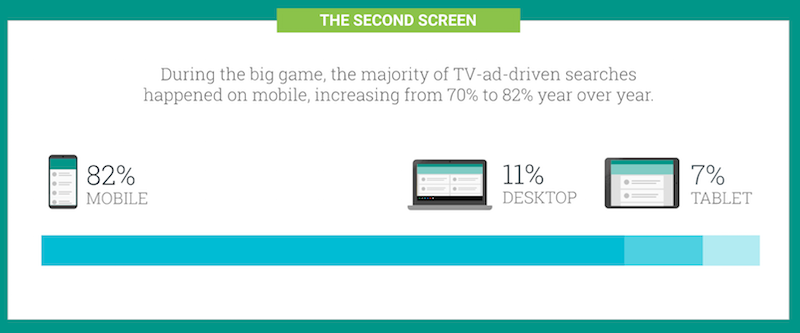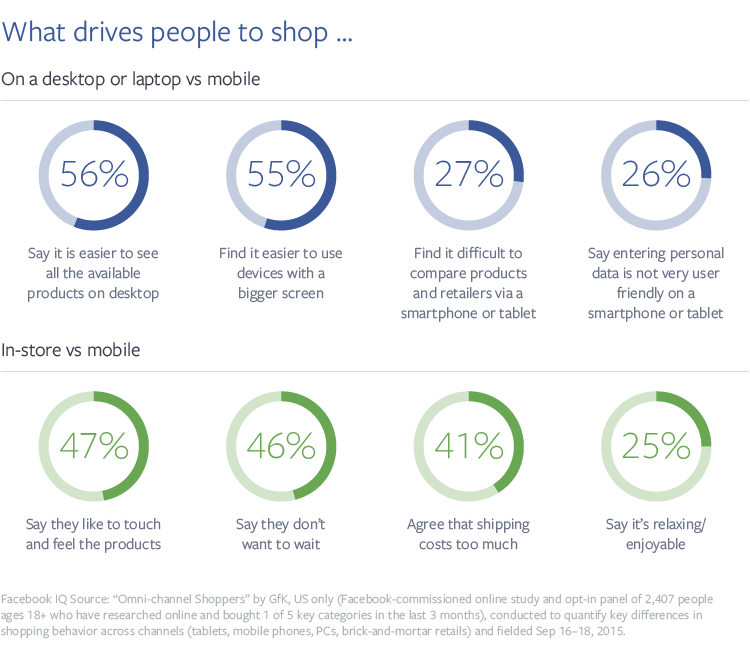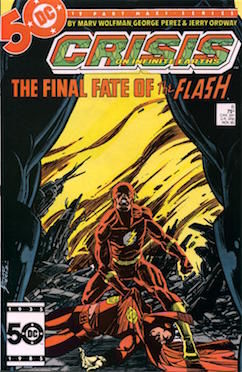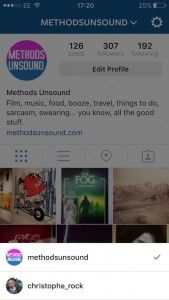Welcome to our weekly round-up of all the latest news and research from around the world of search marketing and beyond.
It’s a bumper week full of search data, stats on mobile shopping use and a rollercoaster-ride of social channel improvements. Some good, some bad.
Actually a rollercoaster is a terrible analogy, it’s all good on a rollercoaster. I’ll rephrase… some improvements are like being stuck for ages at the top of a rollercoaster due to a mechanical fault, with neither getting off or going backwards a possible option. Boom, hashtag analogy!
82% of Super Bowl ad searches happened on mobile
According to Google, there was a 12% rise in Super Bowl TV ad related searches on mobile during last weekend’s big game. 11% percent of searches happened on desktop and seven% on tablets.
Overall, Super Bowl ads drove more than 7.5 million incremental searches for advertisers with big pockets, which 40% higher than during last year’s game.
The biggest winning brand being Audi, with Acura second and the new Jason Bourne film coming third. Note for advertisers next year: more Matt Damon beating the holy heck out of people.
There’s more information on the Super Bowl winners and losers in search here.
70% of mobile shoppers say the website/app experience can be improved
Facebook IQ and GfK conducted a study of more than 2,400 adult “omni-channel shoppers” (or multichannel if you prefer) and found that 56% had made a purchase on a mobile device because they were already using it, and 55% said they used mobile because they can shop anywhere, anytime.
60% of shoppers said they’ll either start purchasing or purchase more on their smartphones in 2016, and 64% anticipate doing more shopping research on their smartphones.
But the report goes on to suggest that mobile needs to work harder to emulate the desktop and in-store experience. Shoppers cited a preference to desktop because of its bigger screens, and that they also prefer to touch items in-store and would rather not wait for purchases to be shipped. So remember that next time you go into a store, you’ll be surrounded by impatient, far-sighted people who can’t keep their hands to themselves.
The weekly Twitter death spiral
This one will not have failed to get your attention… Twitter is rolling (or rolled for some of you already) out a new algorithm-based timeline.
“We want to make it even easier and faster for people to discover and catch up on what’s happening right now,” a Twitter death knell blog post states.
Upon opening Twitter, tweets you’re “most likely to care about” will appear at the top of the timeline. The rest of the Tweets will then be displayed directly underneath in reverse chronological order.
You can choose to turn this option on or off in your iOS, Android and web settings, before we all totally lose our minds with blind rage. Oh too late.
Digital place-based (DPB) surpassed $1.2 billion revenue in 2015
DPB ads are the ones you find on screens outside your home, on the high street, shopping malls, airports etc. According to AdExchanger these are expected to grow at a rate of 10-12% annually.
The DPAA and Prohaska Consulting also estimates that 30-40% of DPB ad sales will be conducted programmatically within the next three years, generating $15-$20 million in incremental revenue yearly for DPB networks.
Yet another nail in the Flash coffin
Google will officially drop support for Flash-based ads in January 2017. Instead it will favour HTML5 ads.
Although that might still be a year away, bear in mind that on 30 June 2016 Flash ads can no longer be uploaded on the Google Display Network.
Included purely so I could use some old Flash comic covers…
Loyalty schemes find their home on mobile
According to Juniper Research’s new Mobile & Online Coupons report (pay to download), 3 billion loyalty cards will operate as mobile-only or be integrated into mobile apps by 2020, up from 1.4 billion in 2015.
Also by 2020, beacon technology woill be used to send 1.6 billion coupons to smartphones. The current figure is 11 million.
There’s also some interesting examples of retailer loyalty app adoption on both sides of the pond…
In the UK, 40% of Nectar Card holders had downloaded its loyalty app by the end of 2015, but less than 4% of Tesco Clubcard holders had done the same.
In the US, 61% of Walgreens card holders had linked their card to its app, but just 27% of Target cardholders.
Fashionistas, food bloggers and narcissists rejoice!
Instagram makes it easier to switch between accounts.
No longer do you have to sign out of your personal account, then spend ages trying to remember your username and password for your anonymous Potatoes that look like Taylor Swift account.
Starting this week, you can quickly switch between up to five accounts on Instagram.
Go to options, scroll to the bottom, click Add Acccount, then you’re all set. Whenever you want to switch, just hold down on your little profile picture on the bottom right of the screen and it will bring up your other profiles.
At last, a victor in the age-old battle between fruits and flowers
AdGooroo examined paid search advertising on 2,140 flower and mail-order gift keywords on Google, on the run-up to Valentine’s Day between 1-9 February. It found that fruit-bouquet(!?) retailers Edible Arrangements and FruitBouquets.com came at the top of the pack, with nearly 21% of all clicks on the keyword group.
The research also shows:
- Flower retailers ProFlowers.com (6.52%), 1800Flowers.com (6.12%) and ftd.com (5.10%) rounded out the top five in click share
- ‘Flowers’ and ‘flower delivery’ topped the keyword rankings in spend, with $779,000 and $442,000 generated on desktop, respectively
- Fruit is well-represented in the top 10 – two variations each of ‘edible arrangements’ and ‘chocolate covered strawberries’ collectively generated
$413,000 and $250,000 in spend
There you go, fruits are better than flowers. Presumably because you can eat them.
Although I’ve been wrong before.
The article Eight of the most interesting SEM news stories of the week was first seen from https://searchenginewatch.com








No comments:
Post a Comment